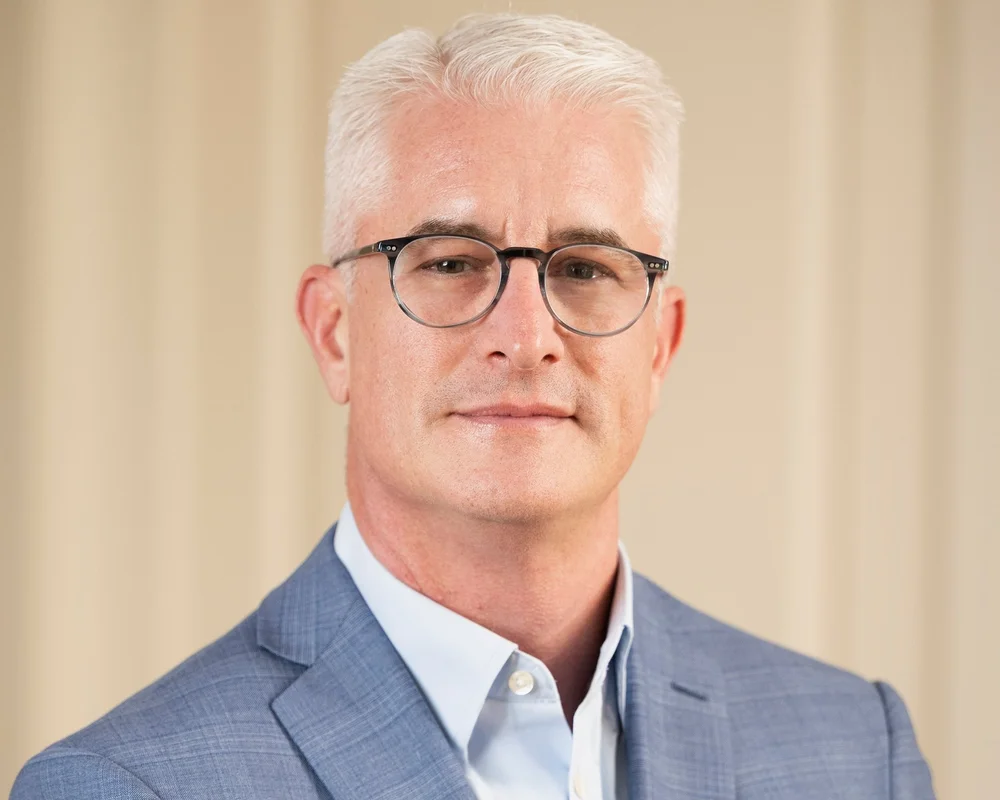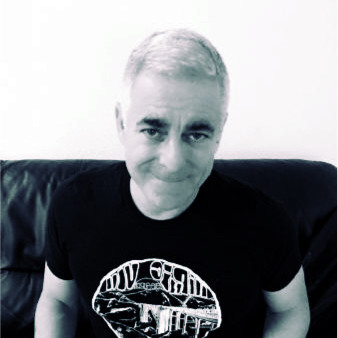In a press release today, transatlantic cable operator Hibernia Atlantic announced that it is now offering native 40G wavelengths between Europe and North America. There have been a few trials before this, Sprint did one late last year over TAT-14, however Hibernia is the first to actually take the technology commercial. Deploying 40G takes the theoretical maximum capacity of their cable to 10.16Tb/s.
The transatlantic capacity upgrade fits nicely into Hibernia’s plans, especially alongside its Global Financial Network. The financial community has been one of the primary early drivers of high capacity, low latency bandwidth lately. Now, at just the right time, Hibernia can offer such customers not only the GFN data services, but native 40G wavelengths between US and European markets as well – something nobody can yet match.
I expect we will see similar moves from some of the other major transatlantic cables over the next year, but it is not a surprise to me to see Hibernia move first. As the only pure transatlantic operator and one backed by private equity, this is their main business whereas it is a relatively small part of Reliance/Flag and Tata, and consortiums like those behind Apollo and TAT-14 tend not to be as aggressive as an independent operator. But if this goes well, they are sure to follow.
Multiplying the total theoretical transatlantic capacity by 4 will at least delay the impending need for new cables. It will give everyone a bit more time to figure out how to build one economically, something which currently worries some industry watchers. But if traffic doubles every two years, that’s just four years – and I’m told 100G is not straightforward from here over existing infrastructure.
[Clarification: Hibernia’s upgrade doesn’t increase its transatlantic capacity by a factor of 4, because current equipment can’t do 40G with the same spacing between wavelengths as 10G. Even multiplying total theoretical capacity of any cable by 4 itself remains theoretical so far. Thanks to Telegeography for the heads up.]
If you haven't already, please take our Reader Survey! Just 3 questions to help us better understand who is reading Telecom Ramblings so we can serve you better!
Categories: Low Latency · Old · Polls · Undersea cables






Hi Rob,
For quite a number of years now ‘make-believe’ advances in overall optical system throughput were being advanced by merely inverse-muxing existing lambdas. These techniques were beneficial for reducing administrative burdens, but they did nothing for overall system throughput.
But I think that I would triple check the specifics concerning throughput-spacing requirements where _today’s _ emerging platforms are concerned. Newer line formats formats leveraging polarization modulation schemes and other exotica are being used in support of precisely what you stated in your correction can’t be done. Here’s how Nortel describes the situation, marketecture buzz removed:
Nortel’s Adaptive Optical Engine solution provides migration from 10G, to 40G to 100G. [ … ] With Nortel optical solutions, your 10G network can be used to deliver four times the capacity today – and ten times the capacity in the near future, while maintaining reach and performance. Our advanced digital signal processing techniques enable 40Gbps and 100Gbps transmission over existing infrastructures without complex network re-engineering and without all the add-on equipment required by alternative solutions. It even works over fiber considered marginal for 10Gbps transmission.”
I grant you that there remains a bit of marketing schtick there, but the point is, same-wavelength/same grid-spacings are yielding increased throughput today through the use of newer and advanced modulation schemes. Comments, and corrections especially, welcome.
Frank
That’s good to hear, but of course there isn’t yet a commercial implementation that manages it at transatlantic distances, hence I was getting a bit ahead of myself multiplying everything by four immediately.
While I remain hopeful that 100G will follow the same path, I have heard that it isn’t looking as easy as the marketing guys like to think. But where there is a will, there might be a way.